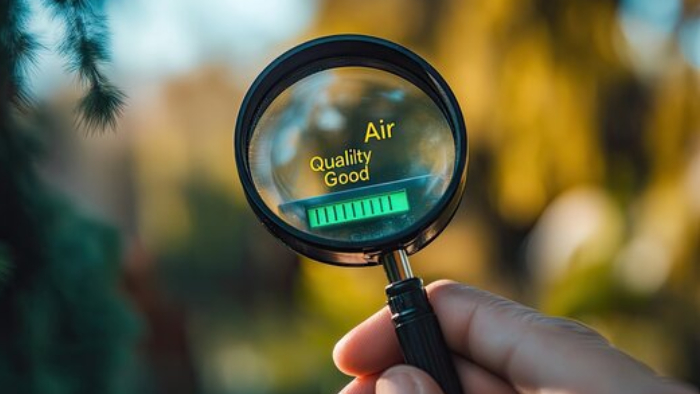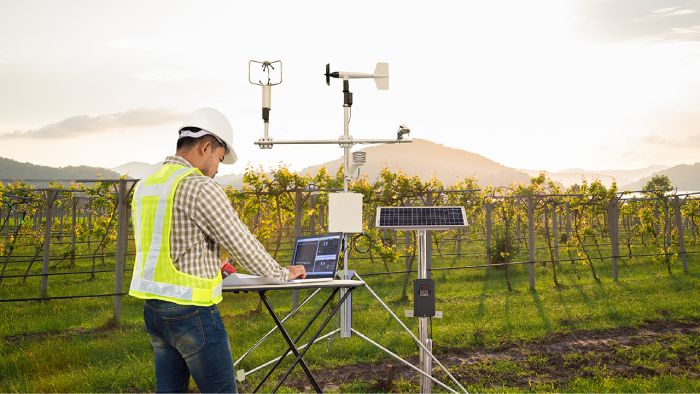Occupational Health and Safety
Occupational Health and Safety
Have
a question?
Sonair Environmental welcomes the opportunity to answer any questions or concerns that may arise. We would love to hear from you today!
Sectors
Occupational Health and Safety
Getting a comprehensive understanding of the health risks your workers may be exposed to is absolutely necessary from a Ministry standpoint, especially for facilities with excessive noise and dust generating equipment and activities.
For facilities that need to comply with simplified environmental compliance regulations, SONAIR’s expertise in EASR in Ontario can be particularly valuable.
Under the Ontario Health and Safety Act, employers have the responsibility and must take all necessary measures to safeguard its employees from harmful air and noise exposure levels. SONAIR’s experts have helped many of its clients understand the health risks that their workers are exposed to and have provided recommendations and cost-effective solutions to overcome the issues encountered.
Occupational Exposure – Air Contaminants
Exposure to contaminants at workplaces is regulated by O.Reg 833: Control of Exposure to Biological or Chemical Agents, under the Occupational Health and Safety Act. Facilities with significant dust-generating activities and processes can produce hazardous air contaminant levels that the workers may be exposed to. An emission summary and dispersion modelling report can be instrumental in identifying and mitigating these risks effectively.
O. Reg 833 provides a list of over 100 different substances, each with its own exposure limits. There are two types of limits, a Time-Weighted Average Limit (TWA) and a Short-Term Exposure Limit (STEL) or Ceiling Limit (C). The Time-Weighted Average Limit is the average airborne concentration level that a worker may be exposed to during a regular work day or work week. However, a Short-Term Exposure Limit is the maximum airborne concentration level that a worker may be exposed to at any 15-minute period, while a Ceiling Limit is the maximum airborne concentration level that a worker may be exposed to at any time during their shift.
Commonly tested airborne substances include, but are not limited to:
- Inhalable and respirable dusts
- Metal compounds
- Welding fume particulates
- Volatile organic compounds (VOCs)
- Isocyanates
- Carbon monoxide
Exposure sampling can be performed in different ways, including area sampling and personal sampling. Area sampling is an effective technique to better understand the maximum airborne concentration that a worker may be exposed to working in close proximity to a particular source of concern. Personal sampling is a personnel-worn device, and although reflective of the actual exposure of the worker, the concentration levels are often lower than the area samples due to changing environments over the course of the worker’s shift.
Furthermore, for businesses operating near or within a waste disposal site ECA, SONAIR offers specialized assessments to ensure compliance with environmental and occupational health regulations. Additionally, SONAIR can provide an odour control report in Ontario to address and manage odour issues effectively.
Occupational Exposure – Noise
Nuisance from excessive noise can be an issue at most workplaces. O. Reg 831/15: Noise, provides allowable noise levels that workers may be exposed to. Ontario regulation 831/15, under the Ontario Health and Safety Act, require employers to understand risks from its workplaces and protect its workers from exposure to harmful sound levels.
Noise exposures are depending on two factors, the sound level and the duration of the exposure. Both of which are crucial for determining compliance. Typical processes and equipment that generate excessive noise may include:
SONAIR Environmental’s professionals have years of experience preparing Dust Control Management Plans for land use planners and industrial facilities. Knowing the ins-and-outs and the types of dust generating equipment is key to tailoring plans specific to your site. Let us help you turn a complex problem into a simple solution. Contact one of our specialists now for a free consultation.
- Generators
- Pumping stations
- Stamping and presses
- Grinding and cutting
- Compressor room
- Welding
- Pneumatic conveyance
Depending on the building layout and where noise generating equipment are located onsite, numerous area sampling and personal sampling may be required. An area sample is used to capture noise generated from equipment and processes where workers are required to work in close proximity to. A series of area samples are generally placed throughout the site or areas of concern in order to create a comprehensive noise map. Noise dosimeters are devices worn by personnel to capture the actual noise being exposed to by the worker during their shift.
If noise is an issue whereby the health of the worker may be impacted by excessive noise, SONAIR can propose cost-effective solutions and easy-to-implement procedures specific to the nature of your operations. Our professionals have completed noise assessments for business of all types and sizes, and will work with you to create a strategic plan to overcome any obstacles. Contact us now for a free consultation.
Additionally, SONAIR can provide a comprehensive Acoustic Assessment Report to analyze and document noise levels further, helping employers make informed decisions regarding worker safety and compliance with regulations. Contact us now for a free consultation.




